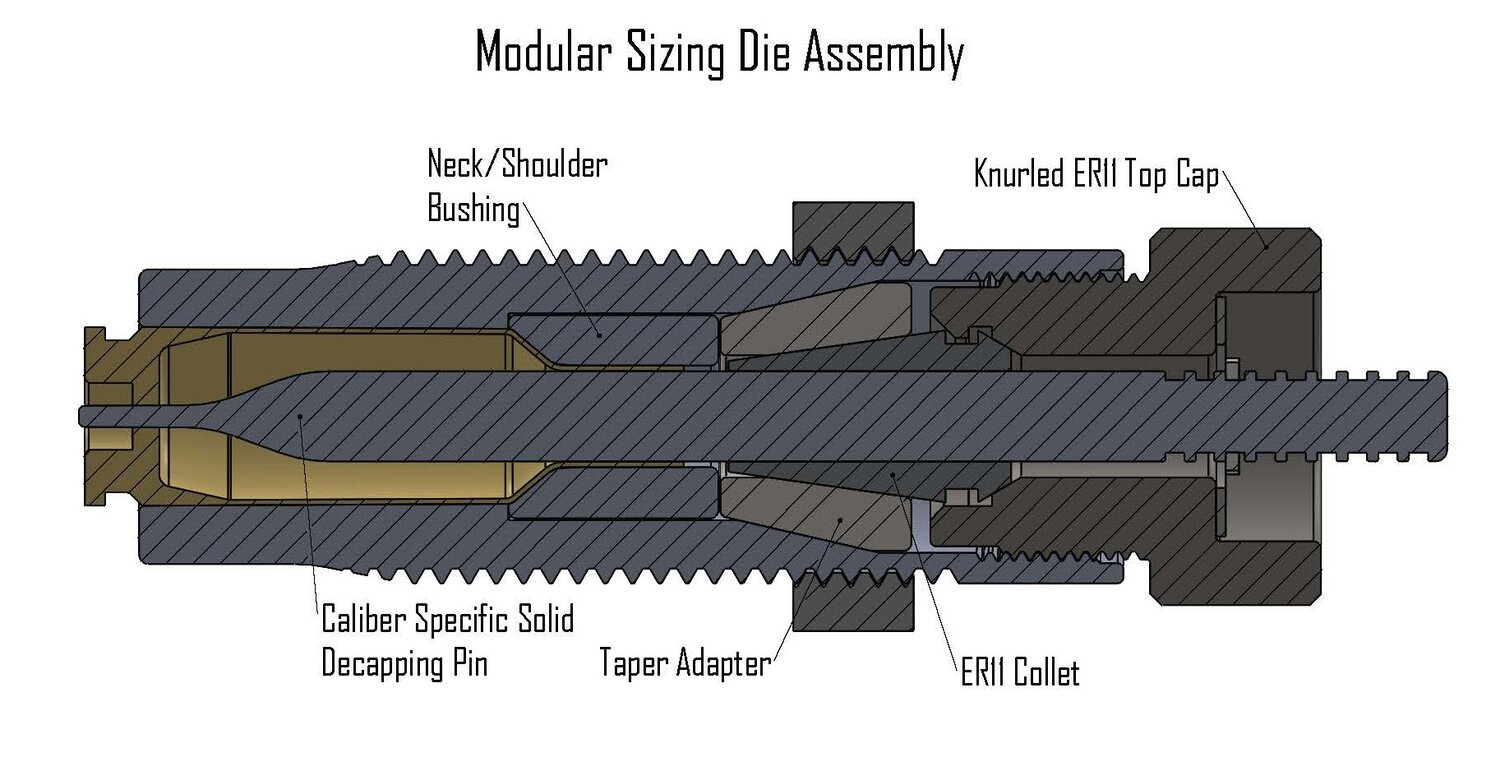I am just getting in to reloading so I apologize if this is a dumb question.
I am looking for dies for my first reloading press (419 Zero). I like what I see with the SAC sizing dies with the expander mandrels as I have a universal decapping die.
My question is, is there a downside to having the mandrel in the sizing die compared to having a separate expander mandrel die? I am hoping to maximize the cartridges I can reload on each zero tool head. I haven't seen anyone discuss this and maybe that's because I am missing something with my non-existent experience on the subject.
I am looking for dies for my first reloading press (419 Zero). I like what I see with the SAC sizing dies with the expander mandrels as I have a universal decapping die.
My question is, is there a downside to having the mandrel in the sizing die compared to having a separate expander mandrel die? I am hoping to maximize the cartridges I can reload on each zero tool head. I haven't seen anyone discuss this and maybe that's because I am missing something with my non-existent experience on the subject.




